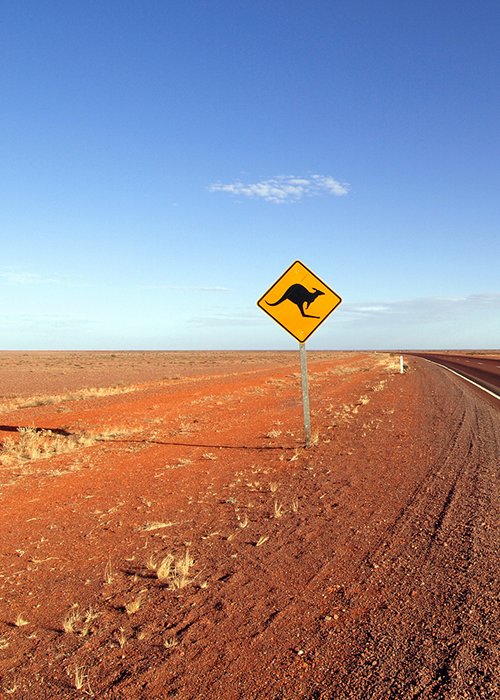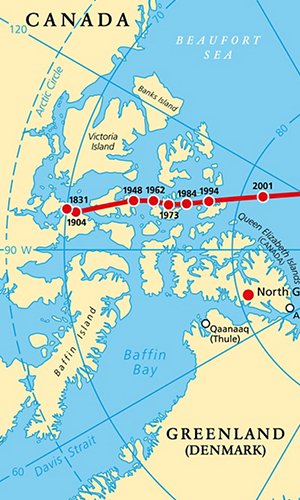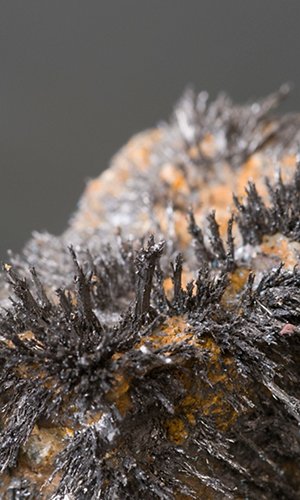According to recent research, Australia is the fastest-moving continent on Earth, shifting about 7 centimetres northward each year. This speed is significantly higher than the average movement of landmasses, which is roughly 1.5 centimetres per year. Technically, this motion concerns the Indo-Australian Plate, which includes mainland Australia, Tasmania, parts of New Guinea, New Zealand, and the Indian Ocean basin. In the distant future (tens of millions of years from now) this plate may collide with the edge of the Eurasian Plate near Southeast Asia and China, forming a new supercontinent called “Austrasia”. This type of movement is nothing new in Earth’s geological history; for instance, up to 200 million years ago, Australia was part of the ancient supercontinent Gondwana. The constant motion of tectonic plates, though imperceptible in daily life, is a fundamental feature of our planet. However, it can pose problems for geolocation technologies such as GPS, which rely on fixed coordinate systems. Due to the shift in landmass, maps may become inaccurate over time. In fact, Australia had to update its coordinate system in 2017 because, since 1994, a discrepancy of 1.6 metres had developed between the mapped coordinates and the actual land position due to tectonic movement. As a result, Australia officially moved 1.8 metres northeast. The study underlines that all of Earth’s tectonic plates are constantly in motion, some more rapidly than others.



